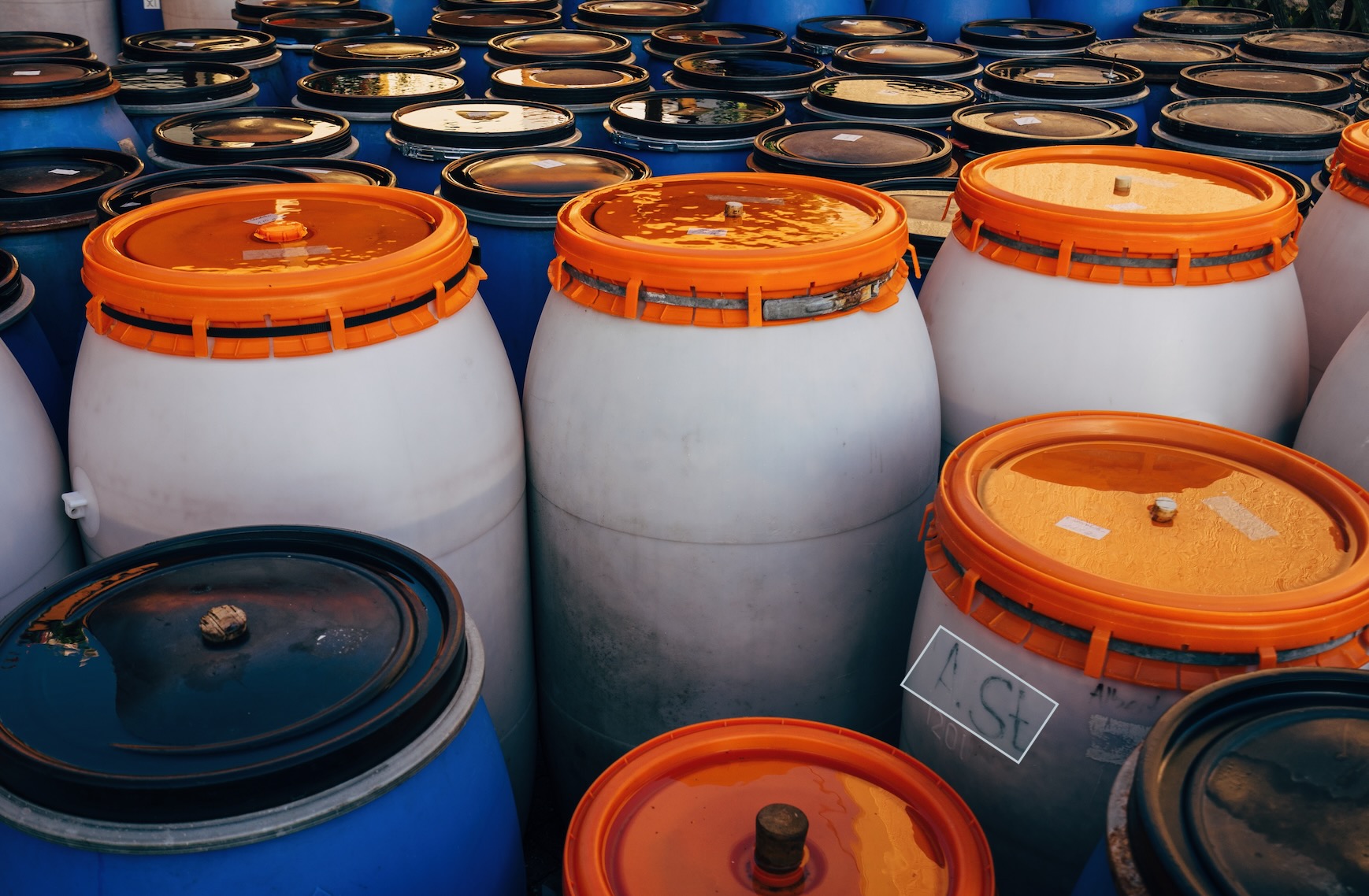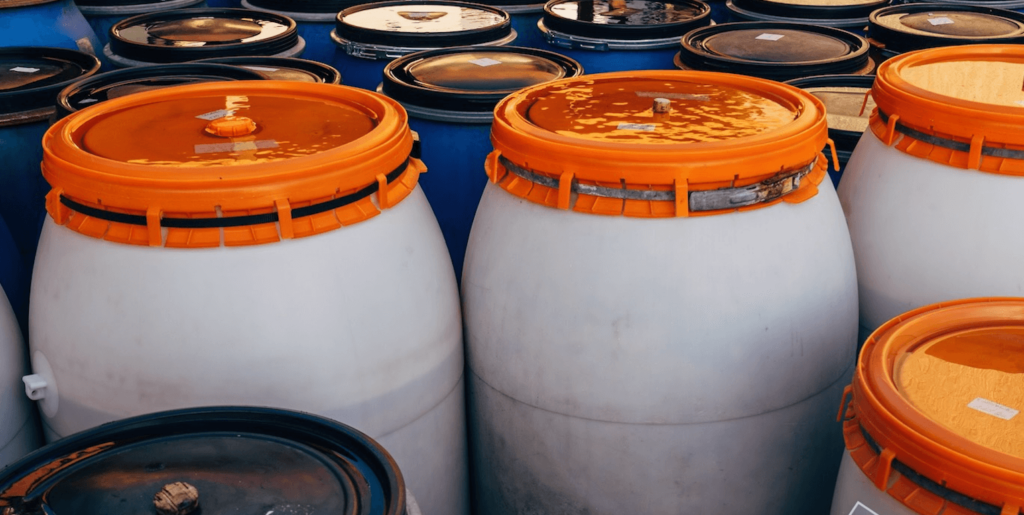Plastic storage tanks are increasingly becoming a popular choice for containing and storing liquids and other materials, due to their strength, durability, cost-effectiveness, and versatility. They can have so many advantages over traditional metal or concrete tanks that it’s no wonder why they’re becoming the go-to choice for many industrial applications.
From water treatment facilities to chemical plants, plastic storage tanks can be found in virtually any setting where the containment of liquid is needed. But what makes them such an attractive option?
Let’s delve into several key benefits that make plastic storage tanks the preferred choice of engineers and facility managers worldwide.

Strength
Plastic storage tanks are much stronger than metal or concrete tanks, and can easily withstand the weight of heavy liquids. This means that they won’t crack or break under pressure, which means less maintenance and repairs over time.
Additionally, their strength and durability make them resistant to many chemicals that can corrode or degrade other materials. Storing hazardous liquids, as well as corrosive acids and bases in a double walled tank, can protect the environment and prevent contamination. These tanks are also highly resistant to extreme temperatures, making them ideal for use in a wide range of industrial applications.
This also means they are durable in extreme weather conditions, making them suitable for outdoor use as well.
Cost-effectiveness
Of course, plastic storage tanks are much more cost-effective than metal or concrete tanks, as they require far fewer materials to construct. They are lightweight, which makes them easier and less expensive to transport and they don’t require additional supports or frames when installed, which further reduces construction costs.
Additionally, plastics are relatively easy to recycle, so plastic storage tanks can be recycled after use and repurposed for other applications. This reduces the need to buy new materials, which can drastically reduce costs over time.
However, have in mind that the cost of plastic tanks can vary depending on the type and size of the tank. For instance, polypropylene tanks are usually more expensive than polyethylene tanks since the former is more durable and resistant to extreme temperatures.
Versatility
One of the most appealing aspects of plastic tanks is that they come in a variety of shapes, sizes, and configurations to suit any application. They can be easily customized with fittings and accessories to fit any need or use. For example, plastic tanks can be fitted with valves, pumps, and other mechanisms to allow for easy draining or filling.
Additionally, these tanks are often easy to relocate if needed, as they are lightweight and often come with wheels or handles to make transportation simpler. This makes them ideal for mobile applications such as water treatment plants, where the tank needs to be relocated frequently.
On the other hand, plastic tanks can also be used for long-term stationary applications. They are perfect for storing large amounts of liquids in a single container, as they can come with capacities of up to 10,000 gallons or more.
Ease of installation and maintenance
Plastic storage tanks are easy to install and require minimal maintenance. They can be quickly assembled on-site without needing any special tools or equipment, which makes them perfect for emergencies such as floods or leaks.
These tanks are also easy to clean and maintain, as they don’t require any special cleaning agents or tools. They can be washed out with soap and water, or even a pressure washer if needed. Additionally, they are resistant to corrosion, which reduces the need for regular maintenance and repairs over time.
The only maintenance they require is the occasional inspection to check for any leaks or cracks that might have developed over time.
Environmental friendliness
Since plastic storage tanks can be easily recycled after use, they not only reduce the need to buy new materials but also help reduce waste and pollution in landfills. Additionally, these tanks are often made from non-toxic materials that are safe for the environment, so they won’t leach any contaminants into the groundwater or surrounding soil.
On the other hand, plastic tanks don’t require paints or coatings, which can contain VOCs that are harmful to the environment. This further reduces their environmental impact and helps promote a cleaner, healthier world.
As you can see, plastic storage tanks offer a wide range of benefits for industrial applications.
They are cost-effective and lightweight, making them easy to transport and install. Additionally, they come in a variety of shapes, sizes, and configurations that make them suitable for any application. These tanks require minimal maintenance over time due to their resistance to corrosion as well as being environmentally friendly. Also, it has volatile organic compounds.
With all the advantages it provides, it’s no wonder why so many businesses opt for plastic storage tanks when looking for reliable liquid containment solutions!

